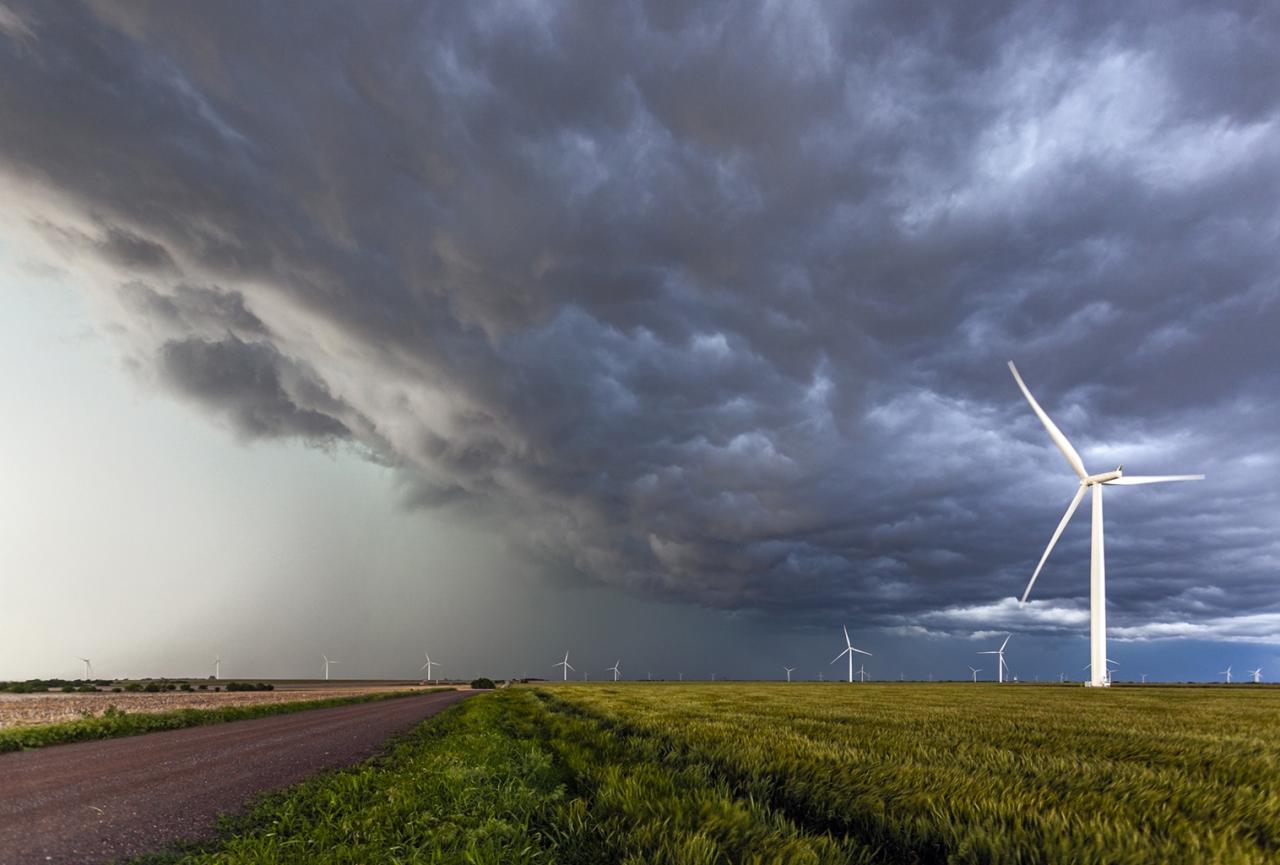NORTHAMPTON, MA / ACCESS Newswire / July 16, 2025 / With hurricane season ramping up and severe weather events becoming more frequent, businesses across sectors face increasing pressure to proactively prepare for potential disruption.

In our recent webinar entitled, "Disaster Preparedness: Practical Strategies for Business Continuity," Lauren Corbett-Noon, Consumer and Industrial Goods Segment Leader at Antea Group, moderated a discussion on this topic featuring Noel Russ, Incident Management (AIM) Service Leader, and Marshall Stageberg, Meteorologist.
In this webinar, they shared practical insights on how organizations can strengthen their weather resilience strategies. Below, here are four key takeaways to help your organization prepare, protect, and respond more effectively.
To listen to the full webinar, click the link: Webinar: Disaster Preparedness: Practical Strategies for Business Continuity by Antea Group USA
1. Contingency Planning Requires Ownership
A plan sitting on a shelf isn't a preparedness strategy-it's a missed opportunity. Organizations are finding it beneficial to go beyond writing emergency response and business continuity plans. At the minimum, these plans must be:
Up to date and reviewed regularly
Assigned to a responsible owner within the company
Practiced through regular drills with employees and responders
Backed by employee training and accessible in both digital and hard copy formats
Not keeping your contact information, site details, or procedures up to date can cause serious delays, lead to regulatory penalties, and make these resources useless during an emergency.
2. Don't Wait to Vet and Contract Response Partners
When disaster strikes, time is critical. Pre-qualifying and contracting with emergency response vendors in advance enables rapid mobilization and can reduce costs.
It is important to have agreements in place with remediation, restoration, specialized clean up, and security contractors before an event occurs. Doing so allows your organization to:
Lock in rates and establish scopes of work
Vet contractor safety records and insurance
Receive priority response during regional crises
Avoid costly delays and inflated post-disaster pricing
3. Use the Right Tools to Monitor and Forecast Weather Risk
Understanding your site-specific risk is the first step to effective forecasting. Geography literacy and knowledge of forecast timescales are critical for interpreting weather data and acting early.
Organizations can use trusted tools to monitor evolving risks. Such organizations include:
National Weather Service and National Weather Service Point Forecasts for official daily forecasts
National Hurricane Center for storm tracking
National Water Prediction Center for flood modeling
Storm Prediction Center and AirNow for wildfire, severe weather, and air quality
By combining long-, mid-, and short-range forecasts with real-time alerts, businesses can activate protocols based on weather triggers tied to their contingency plans.
4. Protect Your People, Equipment, and Facilities
When extreme weather threatens, the top priorities should be safety, operational continuity, and minimizing asset damage. Key strategies include:
Employee protection: Know when to shelter in place vs. evacuate, and make sure all personnel understand the plan
Equipment relocation: Move vehicles, tanks, and mobile assets prior to the arrival of an impending storm to avoid unnecessary losses
Facility hardening: Take proactive steps such as clearing drainage, elevating equipment, sealing vulnerable areas, and upgrading HVAC systems, including filters, for wildfire smoke
Simple measures like staging assets in advance or having backup generators can yield significant cost savings and reduce downtime.
Frequently Asked Questions
Q: What are the impacts of some of the budget cuts to NOAA?
A: While core weather forecasting services from National Oceanic and Atmospheric Administration (NOAA) and the National Weather Service remain unaffected, budget cuts have limited the availability of specialized forecasts and event planning support from local offices due to staffing shortages. Recent hiring approvals are expected to help restore some of these capabilities over time.
Q: If you had to pick two plans to concentrate on, which would you choose?
A: The two most essential plans to focus on are an Emergency Response Plan, which addresses all potential facility risks, and a Business Continuity Plan, which addresses operations so they can recover quickly after a disruption. Both of these plans help identify critical functions, evaluate internal and external threats, and often encompass elements of other preparedness plans.
Q: What is involved with having an emergency response plan drill?
A: An emergency response drill is a valuable opportunity to test communication, coordination, and plan effectiveness by involving key responders such as contractors, Emergency Medical Technician (EMTs), and local authorities. Drills help identify gaps, allow others to review and challenge the plan, and support continuous improvement through post-drill evaluations.
Looking Ahead
Preparedness is not a one-time activity; it's an ongoing process of planning, training, monitoring, and refining. By taking steps now, organizations can significantly reduce both the human, operational, and financial impacts of extreme weather events.
If you have questions, our team is here to help! Reach out if you want help assessing your weather-related risks or building out your response strategy today!
View additional multimedia and more ESG storytelling from Antea Group on 3blmedia.com.
Contact Info:
Spokesperson: Antea Group
Website: https://www.3blmedia.com/profiles/antea-group
Email: info@3blmedia.com
SOURCE: Antea Group
View the original press release on ACCESS Newswire:
https://www.accessnewswire.com/newsroom/en/business-and-professional-services/weather-preparedness-and-resilience-insights-from-the-field-1049183
